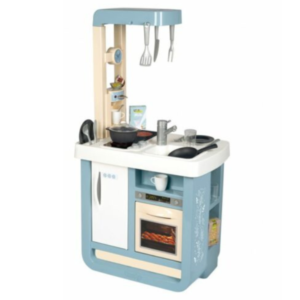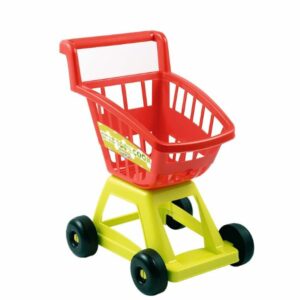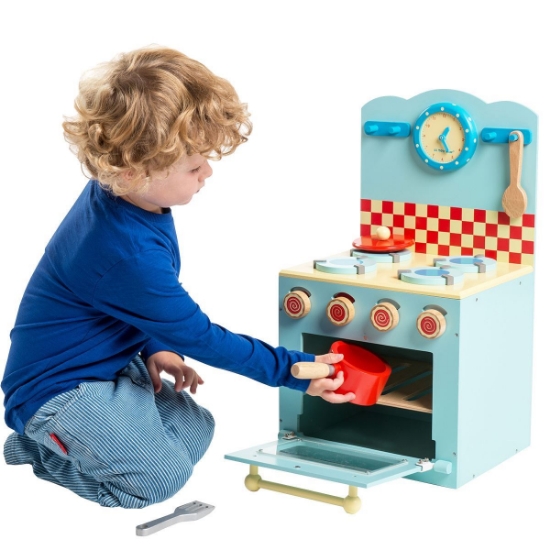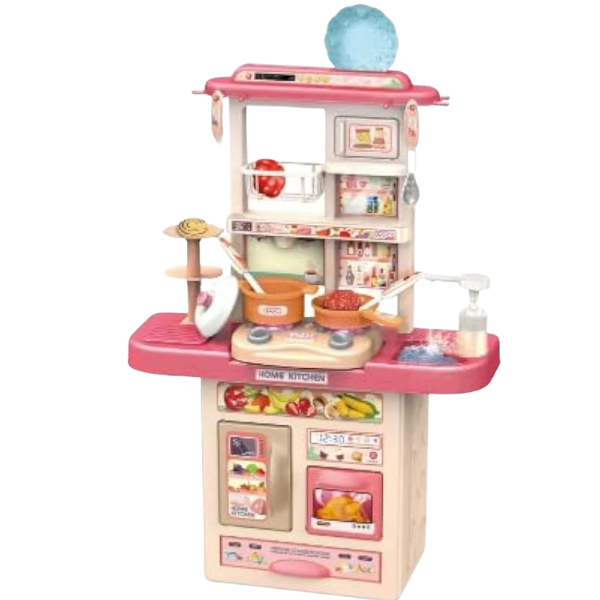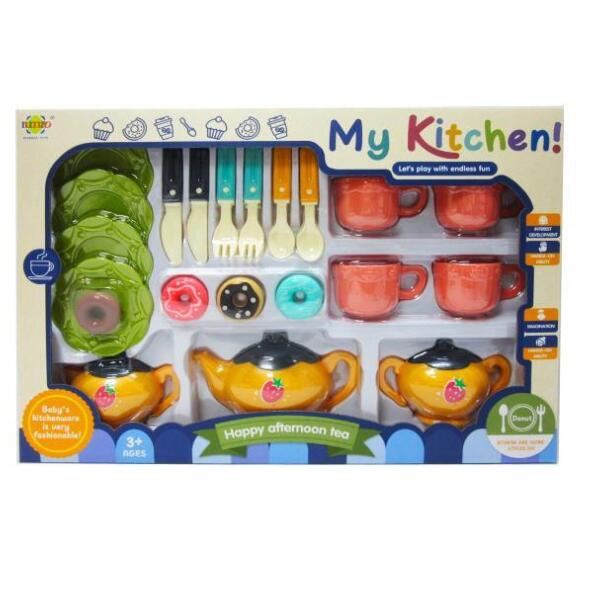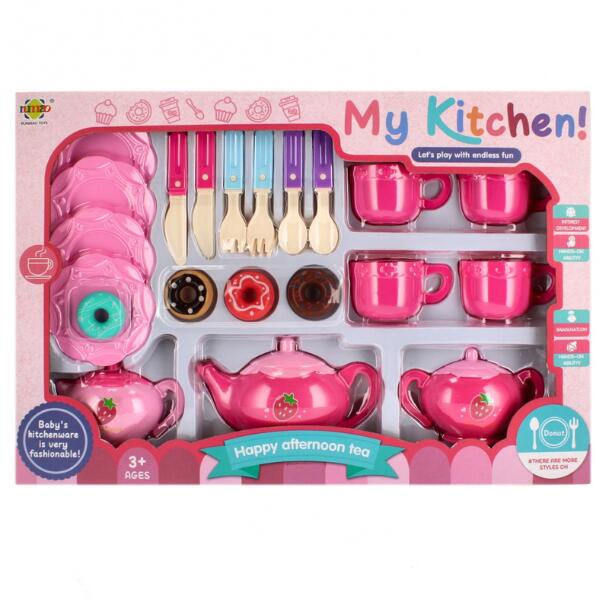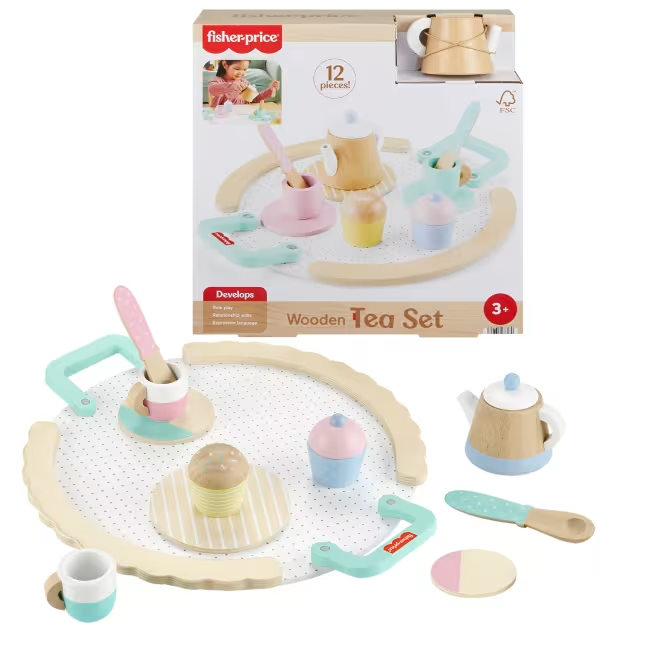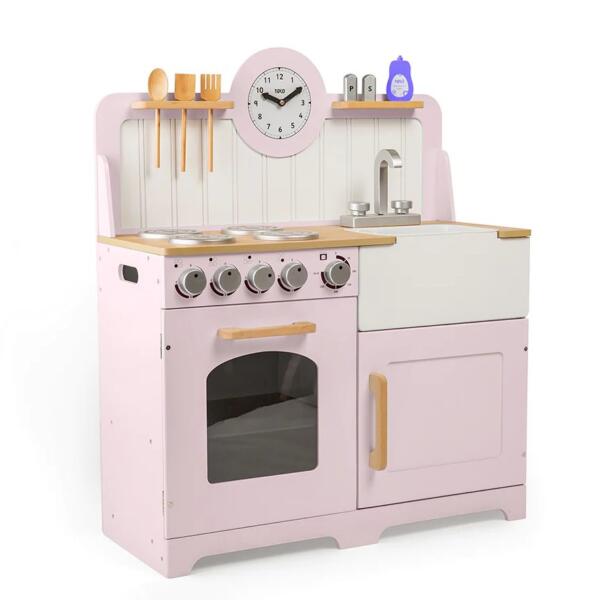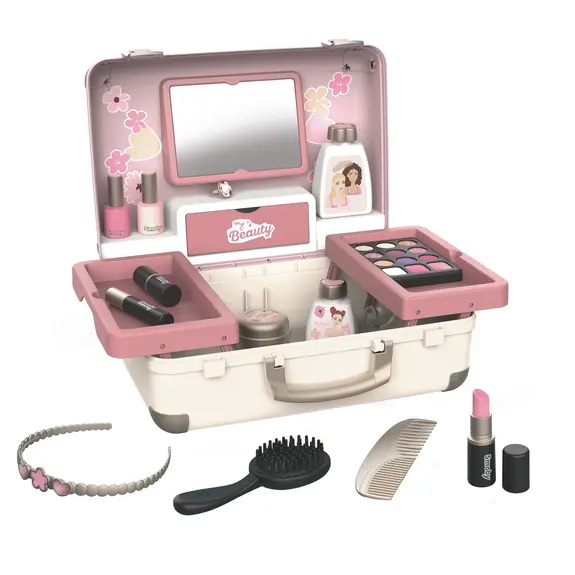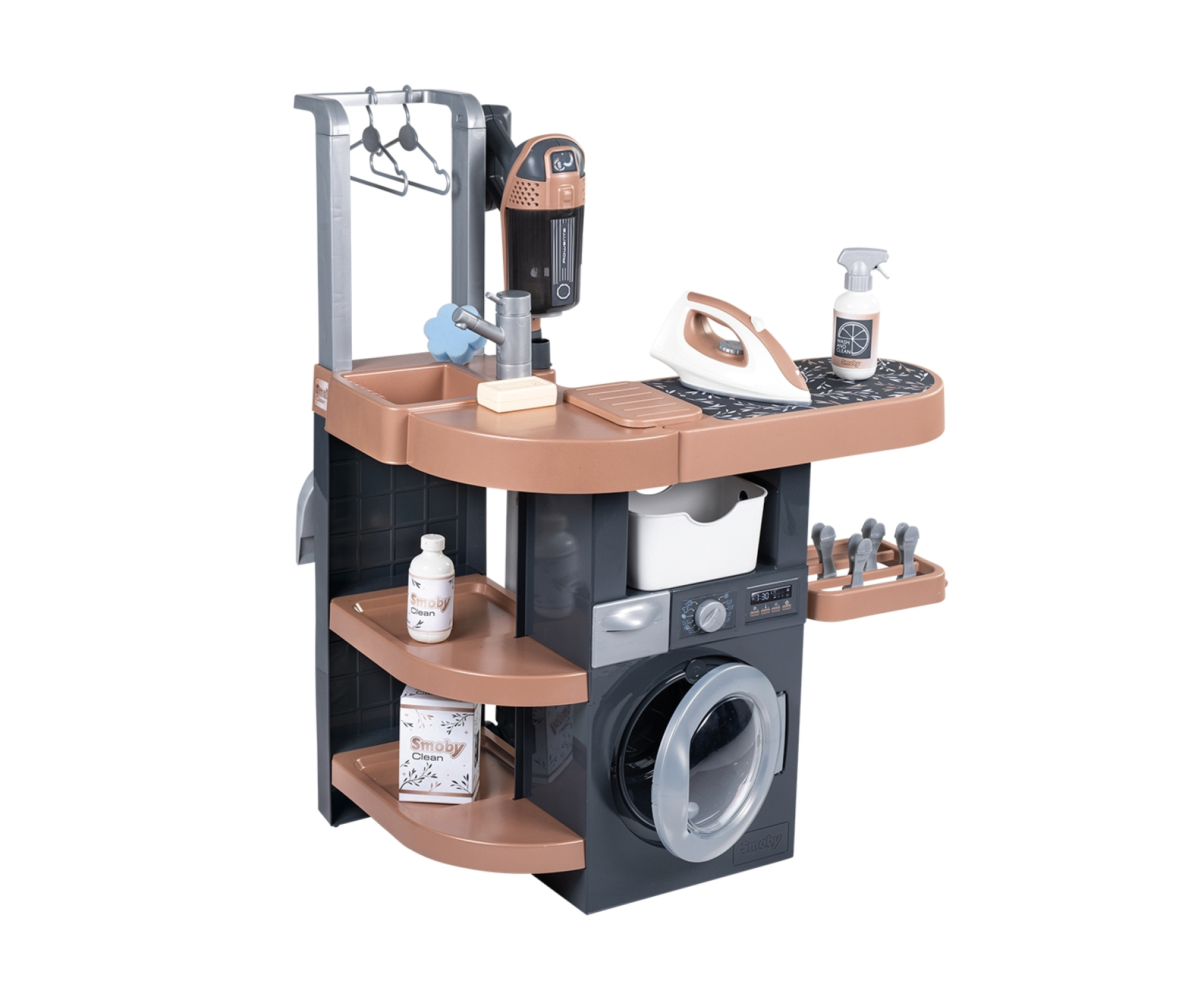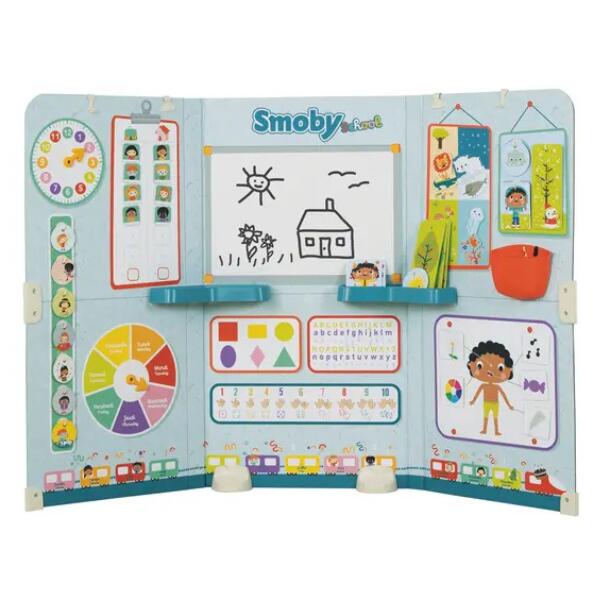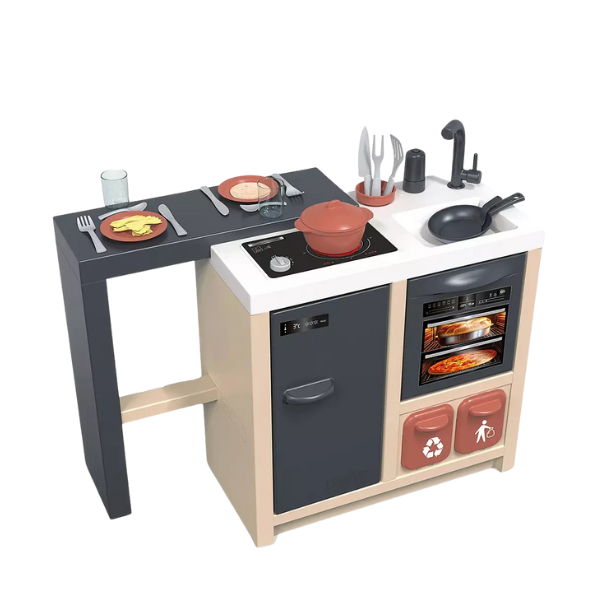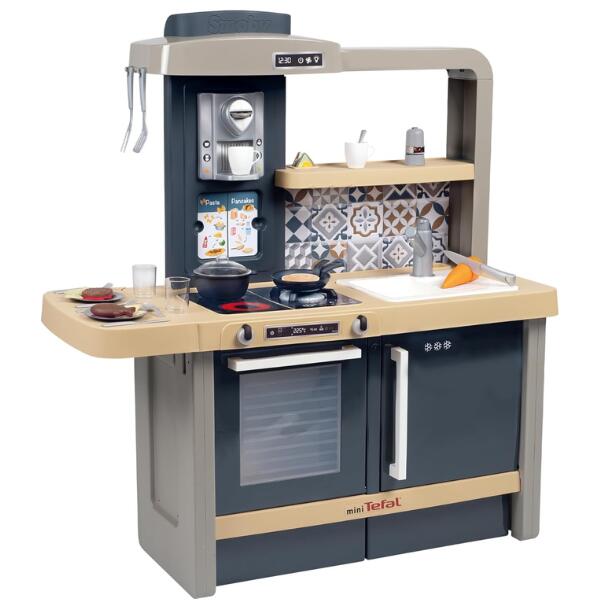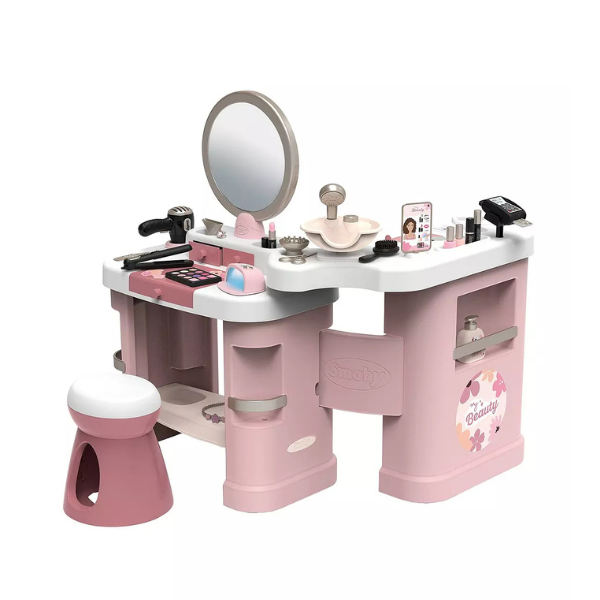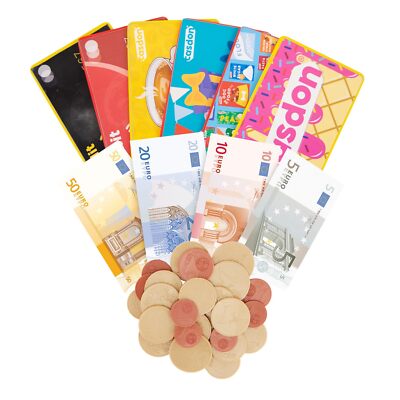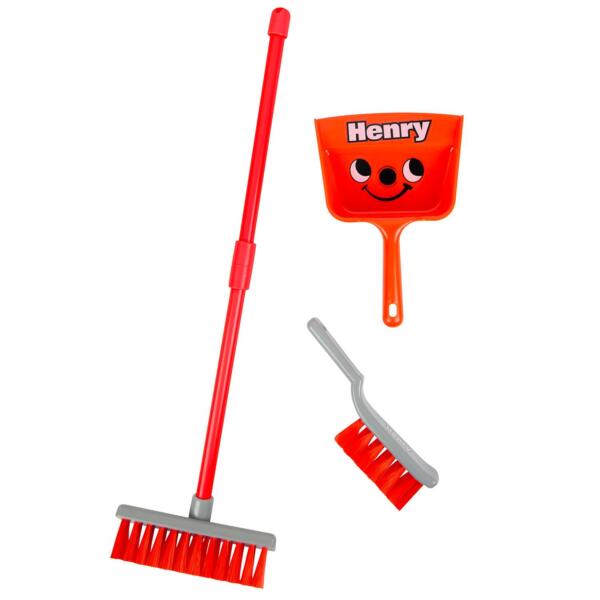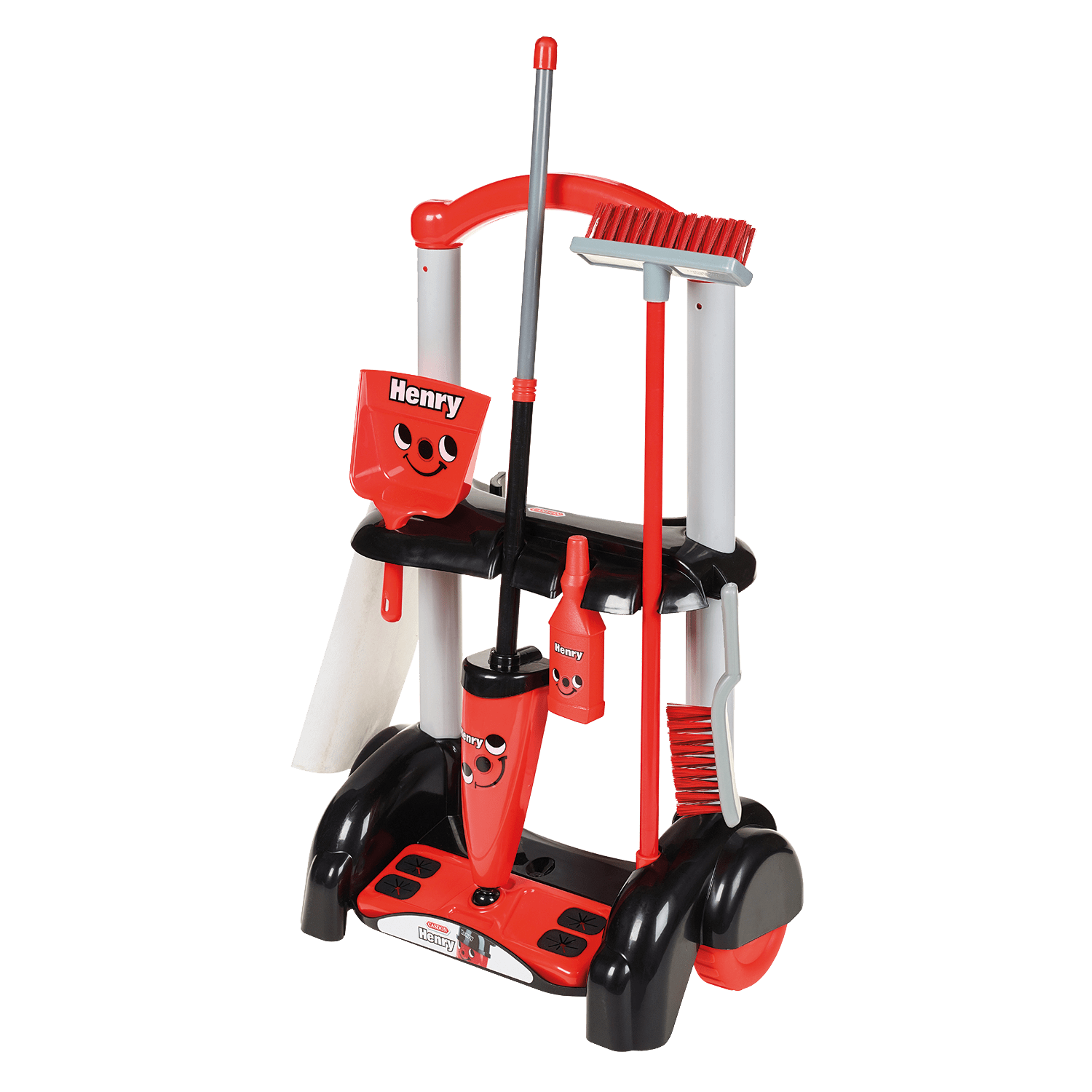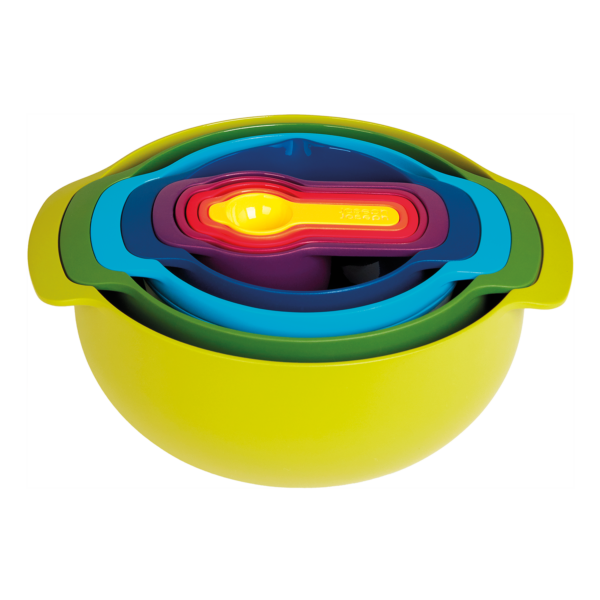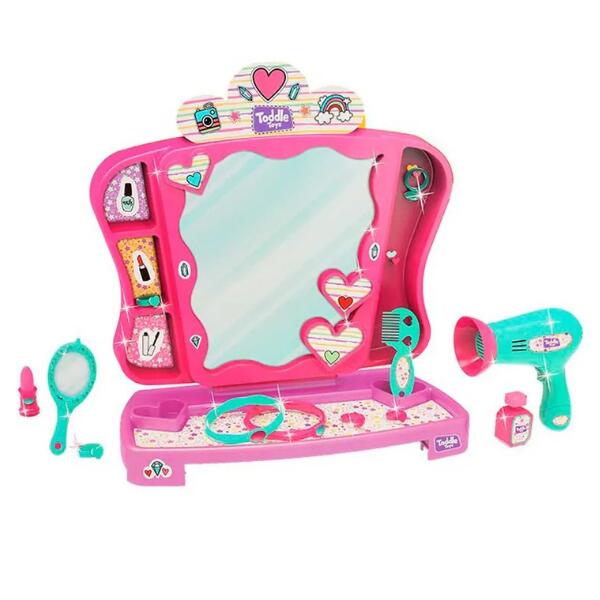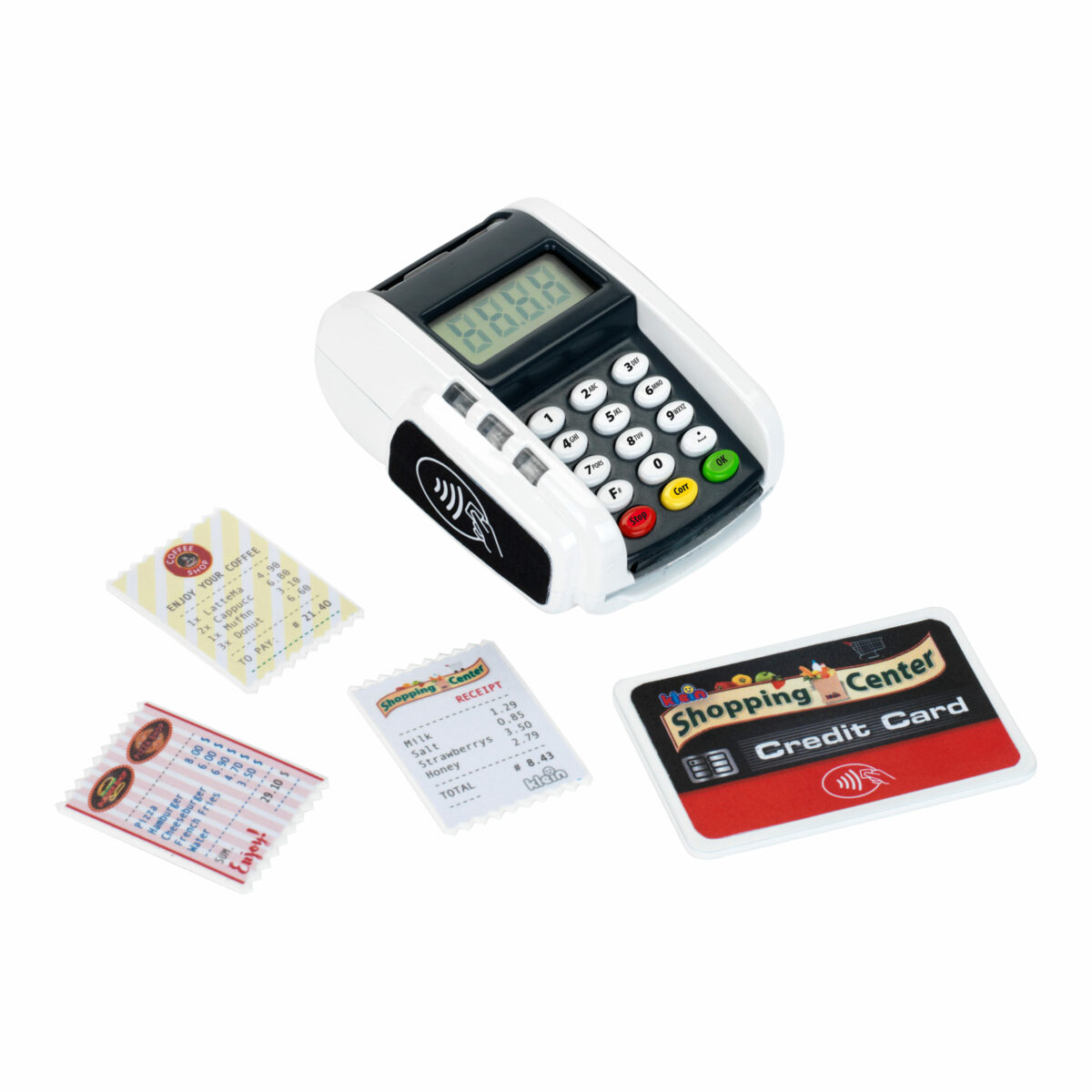Frequently asked questions
What are kitchen and household toys, exactly?
They are miniature versions of the everyday appliances, tools, and items we use around the house. Think toy stoves, sinks, refrigerators, cooking utensils, play food, cleaning sets (brooms, mops, vacuums), tool benches, and even dollhouse furniture. Essentially, they’re props for kids to mimic adult activities and create their own mini-worlds.
Why are these toys so good for kids? What's the point of pretending to do chores?
Oh, the “point” is huge! These toys are powerhouses for development:
- Imagination & Creativity: They spark endless role-play scenarios. Kids can be chefs, cleaners, shopkeepers, parents, or even tiny contractors. This builds narrative skills and expands their creative thinking.
- Life Skills & Understanding: By mimicking daily tasks, children begin to understand routines, sequences (first chop, then cook!), and the purpose of different household items. It’s a gentle introduction to responsibility.
- Social & Emotional Growth: When playing with others, kids learn to share, negotiate roles, empathize, and understand different perspectives. It can also help them process and understand the adult world around them.
- Fine Motor Skills: Picking up small play food, stirring with a tiny whisk, or pressing buttons on a toy appliance all help refine hand-eye coordination and dexterity.
- Language & Communication: Children narrate their play, ask questions, give instructions, and engage in dialogue, significantly boosting their vocabulary and communication skills.
- Problem-Solving: How do you set the table? What do you do if the “food” falls? These simple questions lead to creative solutions.
What are some popular kinds of kitchen and household toys?
- Kitchen Sets: Stoves, ovens, sinks, refrigerators, microwaves, coffee makers, toasters, blenders.
- Play Food: Fruits, vegetables, meats, baked goods, pizzas, sandwiches – often with Velcro to “cut.”
- Utensils & Cookware: Pots, pans, spatulas, ladles, plates, cups, cutlery.
- Cleaning Sets: Toy vacuums (that often “work” by picking up small bits), brooms, mops, dustpans, spray bottles, cleaning cloths.
- DIY & Tool Kits: Workbenches, screwdrivers, hammers, wrenches, nuts, bolts – for fixing things around the “house.”
- Dollhouses & Furniture: Fully furnished miniature homes where kids can arrange, decorate, and create family scenarios.


